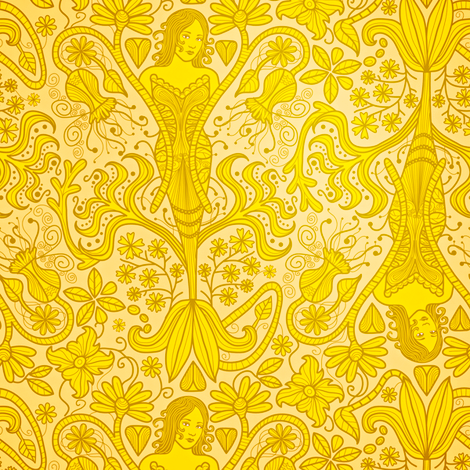Mental illness has played a role in the lives of millions of women long before official diagnoses were named. Bouts with depression, anxiety, bipolar disorder and many other illnesses have been depicted in both print and film.
Women writers and poets have written in beautiful honesty about the plight of mental illness. Writers such as Sylvia Plath, Virginia Woolf, Anne Sexton, J. K. Rowling and Lena Dunham have all written in a biographical manner or through characters and creatures about succumbing to illness and the feelings left thereafter.
On screen, films such as Single White Female, Girl Interrupted, Grey Gardens, Prozac Nation, Black Swan and Silver Linings Playbook showcase the very real feelings of loneliness and anxiety associated with mental illness.
Today’s recognition of mental illness in women is a far cry from the response women have received over the past hundred plus years.
One prime example of the acknowledgement of mental illness in women can be found in Charlotte Perkins Gilman’s short story – The Yellow Wallpaper. Although this piece of literary finesse was written 124 years ago, it so boldly addresses the oppression of women both mentally and professionally. The story follows closely as a woman spirals into what is seemingly a pit of psychosis. The woman, after giving birth, battles what we know as postpartum depression. Given the time (1892), this woman’s symptoms were simply diagnosed as a “slight hysterical tendency”.
The physician's cure for this “slight hysterical tendency” was rest, fresh air and absolutely no work or social gatherings. It is clear as the story progresses what harm this isolation does to the main character. By the end of the story the woman does not want to leave the room that has been enlisted for her rest and envisions herself as a part of the rooms yellow wallpaper – the only stimulus in her secluded world.
The Yellow Wallpaper in my opinion gave insight into what life was like for women during this time period, with women often depicted as weak and mentally fragile. The cure for bouts of depression was isolation and rest which in turn often caused more harm than good.
I myself read The Yellow Wallpaper when I was 12 years old. I found the story hidden between many chapters of my mother’s old college textbook. I remember thinking how clear it was that the treatment of this woman was completely unfair and wondered about the lasting effects isolation would have on her psyche. As I re-read the story as an adult I couldn’t help but think why it was so easy for a 12 year old girl to understand the intricacies of mental illness, but incomprehensible for adult college educated physicians.
Fast forward to 2016 and the stigma of women’s mental health has altered but is still not 100% socially acceptable.
Today, women dealing with mental illness still battle the negative connotations stemming from the stereotypes of long ago. The myth that women battling mental illness are crazy, eccentric, hollow or out of control is completely untrue and one of the reasons many women don’t seek help. Seeking help, rather than being seen as a weakness should in fact be seen as a power move. Seeking help will not only benefit the person in question, but it can also increase that person’s quality of life. The World Health Organization reports that one in four people will be affected by a mental health issue at some point in their lives. That number alone represents the strong need of community and support for anyone coping with mental illness.
As mental illness is depicted at an increasing rate in both print and film, it is my hope that women seek the help they need and crush the negative perception surrounding mental health.
Let’s stand together – woman by woman.
Cover Photo: TotallySevere.com
To find more information about Shalirrah, please visit her website: www.medium.com/@shalirrahaziza
